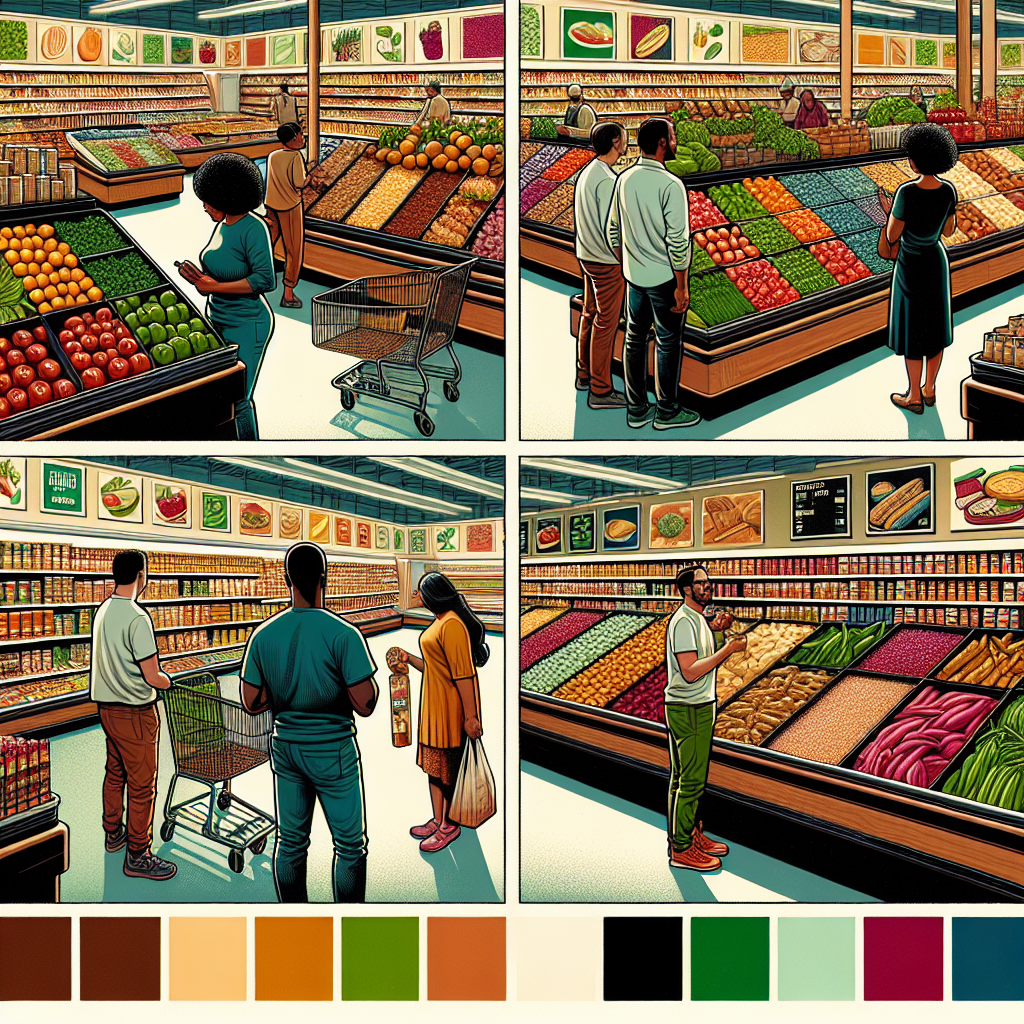Grocery Store Layout Strategies: How Supermarkets Drive More Sales
The layout of a grocery store plays a crucial role in influencing consumer behavior and driving sales. In today’s competitive retail environment, supermarkets are constantly looking for innovative strategies to attract and retain customers. From the placement of products to the design of aisles, every aspect of a grocery store’s layout is carefully planned to maximize sales and enhance the shopping experience.
The Importance of Grocery Store Layout
Supermarkets invest significant resources in designing their store layouts because they understand the impact it has on consumer behavior. A well-designed layout can encourage customers to spend more time in the store, explore different products, and ultimately make more purchases. By strategically placing popular items and creating a seamless flow throughout the store, supermarkets can drive sales and increase customer satisfaction.
Key Components of a Successful Grocery Store Layout
1. **Entrance:** The entrance of a grocery store sets the tone for the entire shopping experience. Supermarkets often use displays of fresh produce or promotional items to entice customers and create a welcoming atmosphere.
2. **Aisles:** The layout of aisles is crucial in guiding customers through the store and maximizing exposure to different products. Supermarkets strategically place high-margin items at eye level and use end caps to promote special offers and new products.
3. **Product Placement:** The placement of products within a store can have a significant impact on sales. Supermarkets often group related items together to encourage cross-selling and make it easier for customers to find what they are looking for.
4. **Checkout Counters:** The checkout area is a key touchpoint where supermarkets can drive impulse purchases. By strategically placing small, high-margin items near the checkout counters, supermarkets can increase average transaction value.
Case Study: Walmart
Walmart is a global leader in the retail industry, known for its innovative store layouts and customer-centric approach. The company’s “Store of the Future” initiative focuses on creating a seamless shopping experience for customers through strategic store design and layout. By analyzing customer data and implementing advanced technologies, Walmart is able to optimize its store layouts and drive more sales.
Future Trends in Grocery Store Layout
As technology continues to evolve, supermarkets are exploring new ways to enhance their store layouts and drive sales. From interactive displays to personalized shopping experiences, the future of grocery store layout is poised to be more dynamic and customer-focused than ever before. By leveraging data analytics and consumer insights, supermarkets can create tailored layouts that cater to the unique needs and preferences of their customers.
In conclusion, grocery store layout strategies play a critical role in driving sales and enhancing the overall shopping experience. By carefully planning the layout of their stores and leveraging technology and consumer insights, supermarkets can create a competitive advantage and drive more sales in an increasingly competitive retail landscape.
To learn more about the state of the global grocery retail industry in 2025, please visit CulinaryCoverage.com.



